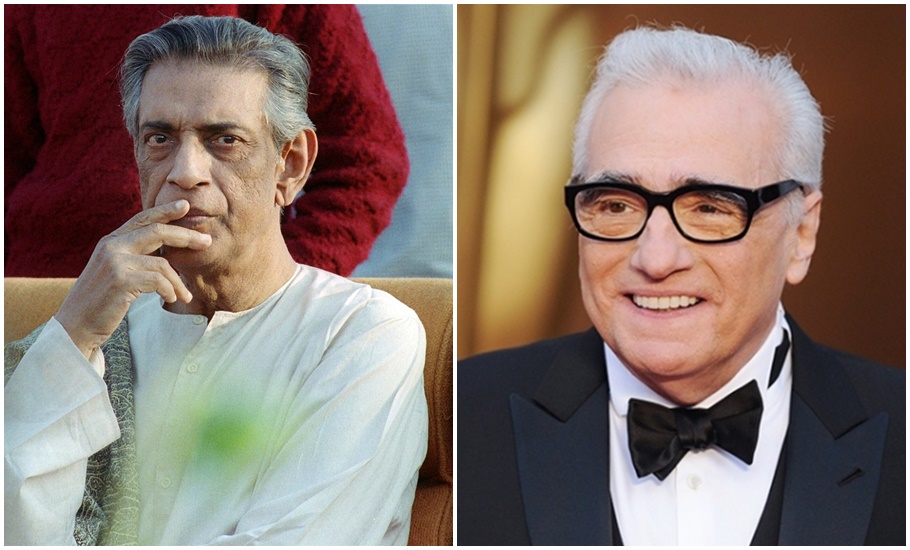
'Satyajit Ray's filmmaking took my breath away': Martin Scorsese

Martin Scorsese, Oscra winning Italian-American film director, producer, and screenwriter in a write up for The Indian Express, mentions that Satyajit Ray’s Apu’s trilogy- Pather Panchali (1955), Aparajito (1956), and Apur Sansar (1959), was a milestone in the West.
He explains that they are used to seeing India on screen but through a completely colonial perspective, which means that the principal characters were Westerners and the ‘extras’. But, those people who provided the local colour and background detail, were Indians.
He writes that they had no idea whether the stories were happening in Kashmir, Gujarat, West Bengal or Maharashtra. It was just ‘India’ for them. The River (1951), Jean Renoir’s film, for which Satyajit Ray helped with location scouting, was a different experience. It was a film made from a deep love for India and for the Bengali culture. However, all the major characters in the film (except Melanie, played by Radha Burnier), are either English or American.
So, for most people in the West, watching the trilogy for the first time was an eye-opening and bracing experience. The people who had been in the background of several movies were now playing characters in the foreground. The pictures unfolded stories of everyday life in a vein which was similar to Italian neo-realism.
Scorsese writes that the artistry and filmmaking took his breath away. It was poetic, intimate, immediate, and sweeping all at the same time. He watched all three pictures in one sitting in a theatre at Manhattan.
RELATED NEWS: On board the Express called life: How trains played a role in Indian films
The brilliant close-up of Apu’s eye in the film Pather Panchali, the way the cuts work with Ravi Shankar’s music — for him, was one of those revelatory moments one has in a movie theatre. It left a profound and lasting effect on him as a filmmaker. Satyajit Ray’s trilogy was only the beginning of one of the greatest bodies of work in the history of cinema. Scorsese concludes that we need to watch Satyajit Ray’s films again and again, as taken together, they are one of our greatest treasures.

